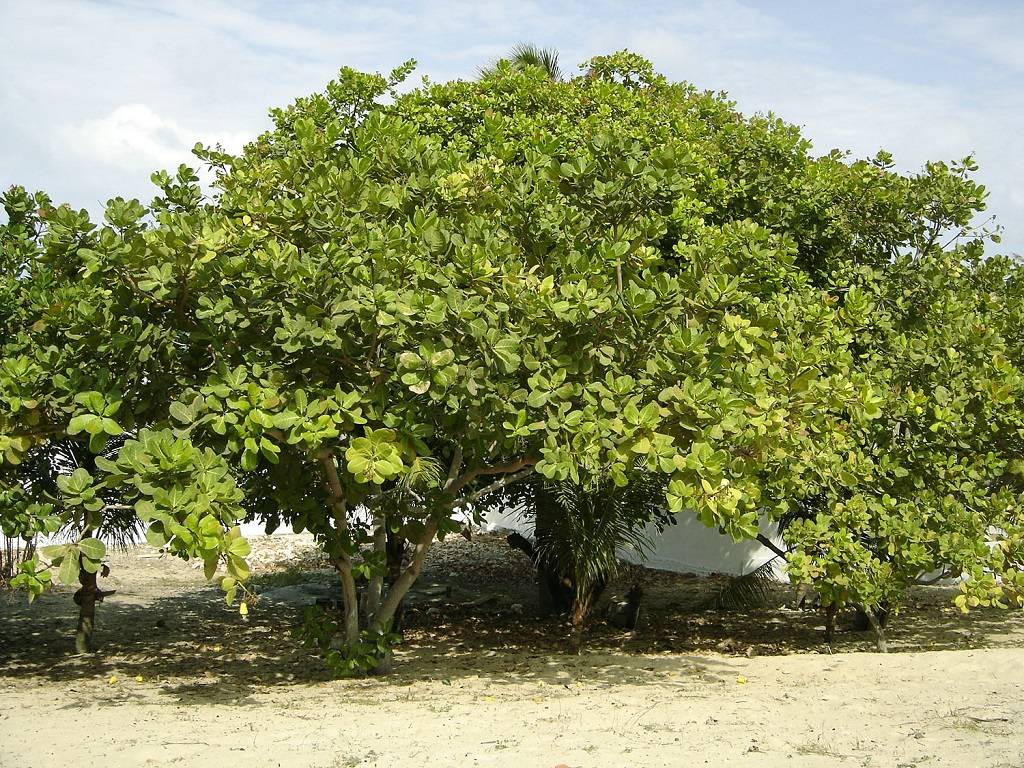
The cashew (Anacardium occidentale), a native of Brazil, was brought into India in the late sixteenth century for afforestation and soil conservation. From its humble beginnings as a crop designed to prevent soil erosion, cashew has grown to become a major foreign exchange earner, next only to coffee and tea.
Scope of Cashew Cultivation in India
Commercial cashew cultivation is practiced in eight states of our nation, primarily on the west and east coasts, namely Andhra Pradesh, Goa, Karnataka, Kerala, Maharashtra, Orissa, Tamilnadu, and West Bengal.
Furthermore, cashew is cultivated in a few areas of Assam, Chhattisgarh, Gujarat, Meghalaya, Nagaland, and Tripura. Vietnam is the world's largest cashew grower, with India ranking second. Maharashtra is India's major cashew grower, followed by Andhra Pradesh and Odisha. The cashew cultivation is now being extended to non-traditional States such as Madhya Pradesh and Rajasthan.
A vast number of poor and marginal farmers, particularly those living along with coastal areas of the country, rely on cashew for a livelihood. About 2.00 lakh people are directly engaged in cashew processing facilities, the majority of whom are women. These industries are primarily located in Kerala, Andhra Pradesh, and Maharashtra. Nearly 2 million individuals are believed to be involved in cashew production, refining, and commercialization, both directly and indirectly.
Top Varieties of Cashew Plants
-
Maharashtra: Vengurla-1/ Vengurla-2/ Vengurla-3/ Vengurla-4/ Vengurla-5/ Vengurla-6/ Vengurla-7
-
Andhra Pradesh: BPP-1/ BPP-2/ BPP-3/ BPP-4/ BPP-5/ BPP-6/ BPP-8 (H2/16)
-
Orissa: Bhubaneswar-1
-
Tamil Nadu – Virudhachalam-1,-2, -3, VRI 4, VRI (CW)- H1
-
Karnataka: Ullal-1/ Ullal-2/ Ullal-3/ Ullal-4/ UN-50/ Chintamani-1/ NRCC-1/ NRCC-2
-
Kerala: Amrutha (H-1597)/ Akshaya (H-7-6)/ Anagha (H-8-1), Madakkathara-2 (NDR-2-1)/ Priyanka (H-1591)/ Sulabha (K-10-2)/ Dharashree (H-3-17), Dhana (H-1608), K-22-1/ Kanaka (H-1598)/ Madakkathara -1 (BLA-39-4)
-
Goa: Goa-1
-
West Bengal: Jhargram-1
Requirements For Cashew Cultivation
Soil Conditions
"Cashew has low soil needs and can adapt to changing soil conditions without compromising productivity." Cashews thrive in deep, sandy loam soil with good drainage, although they may also be planted in poor soil. Cashew plantations flourish on sandy red soil, coastal sandy soils, and laterite soils. Flood or water retention in the field, which harms plant development, should be avoided by cultivators. In addition, the pH of the soil should be maintained at a maximum of 8.0. Cashew may also be grown on pure sandy soil enriched with minerals.
Climate
Cashew nut agriculture grows in areas with an annual rainfall of 1000-2000 mm and temperatures ranging from 20 to 30°C. It requires a well-defined dry weather condition for a minimum of 4 months for optimal results, whereas high rains and an unstable environment are not ideal. Temperatures exceeding 36° C, especially during blooming and fruiting, can harm fruit quality.
Land Preparation & Layout
The field should be plowed adequately to promote aeration and moisture conservation. It should be prepared before the arrival of the monsoon (April to June). Cashew trees are typically planted in a square pattern with a distance of 7 to 9 meters. The suggested spacing is 7.5 m X 7.5 m (175 plants per hectare) or 8 m X 8 m (156 plants per hectare).
Nutrient and Fertilizer Requirement
Following the end of severe rainfall, the best time to apply fertilizer is just afterward. Fertilizer should be put along the drip line in a circular trench. It is necessary to ensure that the soil is sufficiently moist before fertilizer application. During the pre-monsoon (May–June) and post-monsoon (September–October) seasons, the fertilizers should be administered in two divided doses.
Pest and Disease
Cashew is thought to be infested by roughly 30 distinct insect species. Flower thrips, stem and root borer, and fruit and nut borer are the most common pests, causing a 30 percent crop loss.
The powdery mildew induced by a fungus, which damages the young twigs and inflorescence and causes them to wither, is the only major disease that affects the cashew crop. When the weather turns cloudy, this disease usually arises.
Is cashew farming profitable?
Cashew farming is quite gainful but growers could take it a step ahead to increase their profit by over 200% with time and effort. Therefore farmers must have little patience if they are doing cashew farming.
















